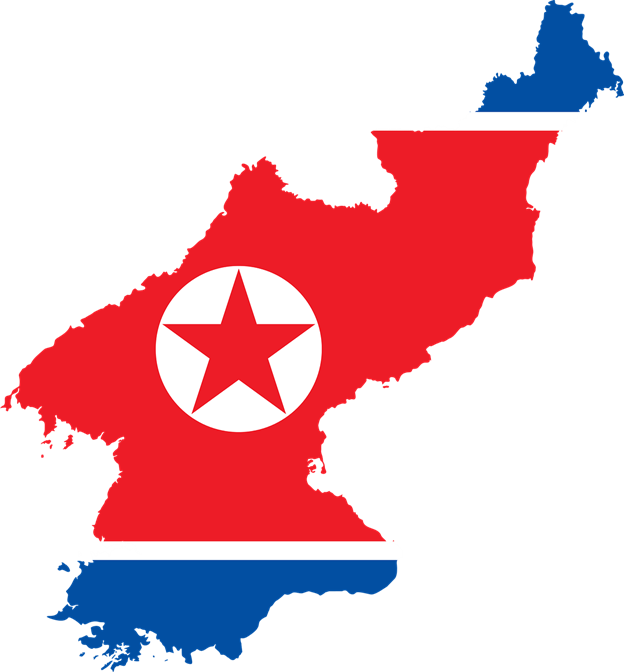North Korea’s entry into Putin’s Ukraine invasion opens up a new and dangerous era.
Secretary of Defense Lloyd Austin announced at the end of October that “it appears that North Korean troops will enter combat against Ukraine……We now assess that North Korea has sent around 10,000 of its soldiers to train in eastern Russia…Our most recent information indicates that about 8,000 of those soldiers are now in the Kursk Oblast.”
Austin said Russian forces have trained the North Korean soldiers in artillery operations, unmanned aerial vehicle operations and basic infantry tactics to include trench clearing. Austin also stated that the Kremlin has also provided these troops with Russian uniforms and equipment, and “all of that strongly indicates that Russia intends to use these foreign forces in frontline operations in its war of choice against Ukraine…”
Moscow and Pyongyang signed a strategic partnership treaty in June that guarantees mutual military support
Russian sources note that “North Korea will support Russia in the Ukraine conflict for as long as it takes, Foreign Minister Choe Son-hui has said, adding that Pyongyang has no doubts that Moscow will emerge victorious. Speaking at a meeting with her Russian counterpart Sergey Lavrov in Moscow on Friday, Choe noted that North Korean leader Kim Jong-un “gave us an order to firmly and powerfully support and assist the Russian army and the Russian people in their holy war.”
Nicholas Eberstadt, writing in the Washington Post, “With the dispatch of thousands of North Korean special forces toward the front lines in Russia’s war against Ukraine …the emerging contours of global struggle in the post-Cold War era are coming into sharper focus. As North Korean soldiers head into possible combat in Europe — the degree of their ultimate military involvement might turn out to be much greater than generally appreciated.”
Regional governments have designated the Pyongyang regime as a major threat to the indo-pacific area. An Australian government analysis conducted a number of years ago
North Korea’s leader Kim Jong Un has increased his belligerent threats far beyond even his previous bellicose levels, and backed up that rhetoric with specific, clear, and provocative actions.
This autumn, a Hwasongpho-19 missile capable of reaching the United States was launched, reaching an altitude of 4,300 miles. Expert observers believe that Pyongyang’s nuclear missile program has progressed with the assistance of Russia, a possible payoff for granting significant assistance in the Ukraine invasion.
Russia’s trading off of nuclear and missile technology to North Korea in return for military assistance in the Ukrainian invasion is not an isolated instance. A Washington Institute study warned that “Russia could also contribute to a potential future Iranian nuclear weapons effort by providing technology and know-how, whether covertly or openly. For instance, Russian scientists could help Iran advance its R&D on delivery systems, warhead development, and miniaturization, or collaborate on dual-use research relevant to weaponization… the Russian government has not viewed Iran’s potential development of nuclear weapons with the same degree of alarm as the West”
An analysis by the Just Security publication revealed that “ North Korea now possesses credible nuclear strike capacities threatening Japan, South Korea, China, and even possibly the United States….Kim Jong Un has …escalated North Korea’s hostility and defiance toward the U.N. system and most of its member States, launching an increasing number of long-range missiles and conducting nuclear detonations in 2013, 2016, and 2017, the last of which may have been a thermonuclear fusion device, a technology allowing smaller warheads. Its reactors are reportedly producing both uranium and plutonium. North Korea now possesses credible nuclear strike capacities threatening Japan, South Korea, China, and even possibly the United States.”
Illustration: Pixabay
